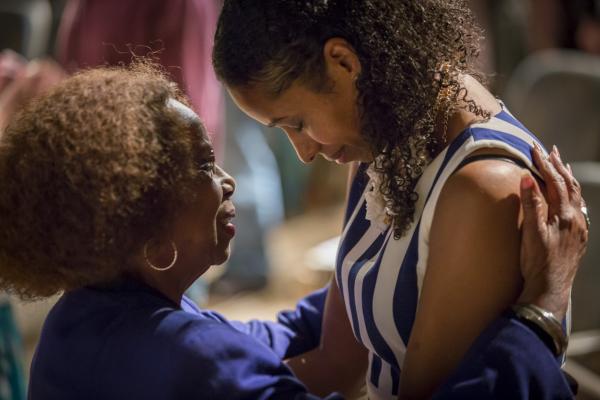Jun 30, 2016
Jim turned to me and said: “We’re greedy — seeking a second blessing.”
I smiled wryly: “This is my third.”
Read the Full Article

Already a subscriber? Login

Jim turned to me and said: “We’re greedy — seeking a second blessing.”
I smiled wryly: “This is my third.”
